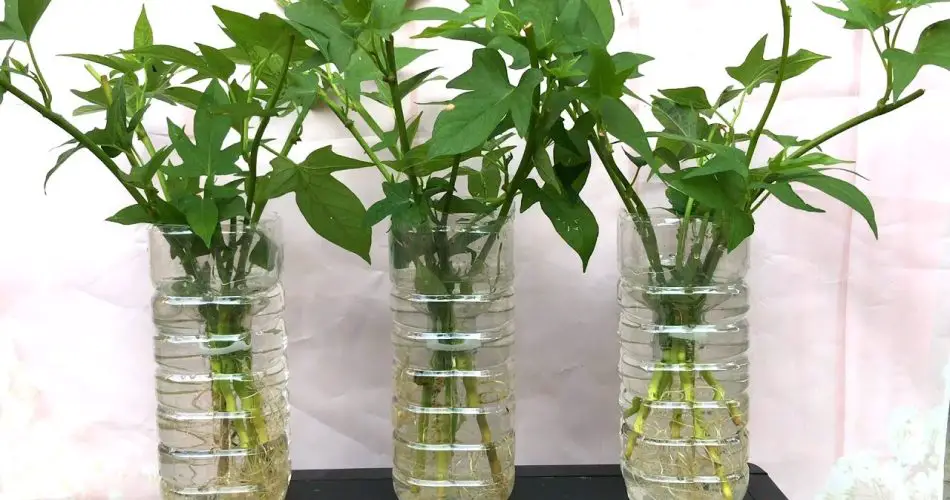Hydroponic gardening offers an efficient and sustainable way to grow vegetables, and using recycled plastic bottles adds an eco-friendly twist to this modern method. Here’s a guide on how to cultivate hydroponic vegetables using recycled plastic bottles:
- Choosing Containers: Select clean, sturdy plastic bottles (such as soda or water bottles) for your hydroponic setup. Larger bottles work well for larger plants like tomatoes, while smaller bottles are ideal for herbs or lettuce.
- Preparing the Bottles: Cut the bottles carefully, leaving the top portion intact to act as a reservoir. Make sure to create a hole or slit near the top for easy refilling and drainage.
- Creating the Hydroponic System: Fill the bottom part of the bottle with nutrient solution—a mix of water and hydroponic nutrients. The plant’s roots will grow directly into this solution, absorbing essential nutrients for growth.
- Planting: Insert the seedlings or seeds into the top part of the bottle, where they will be supported and have access to light. Ensure the roots are submerged in the nutrient solution below.
- Light and Location: Place the bottles in a location that receives adequate sunlight or under grow lights if indoors. Rotate the bottles periodically to ensure even light exposure.
- Maintenance: Monitor the nutrient solution levels and pH regularly. Refill the solution as needed and adjust the pH to maintain optimal growing conditions for your vegetables.
- Harvesting: As your vegetables grow, harvest them when they reach maturity. Enjoy the freshness of home-grown produce that you cultivated in an environmentally friendly manner.
Hydroponic gardening with recycled plastic bottles not only reduces waste but also allows you to grow vegetables efficiently in limited spaces, making it accessible for urban dwellers and gardeners alike. Embrace this sustainable gardening method to cultivate nutritious vegetables while minimizing environmental impact—a win-win for your health and the planet.
Copy
Show Comments




